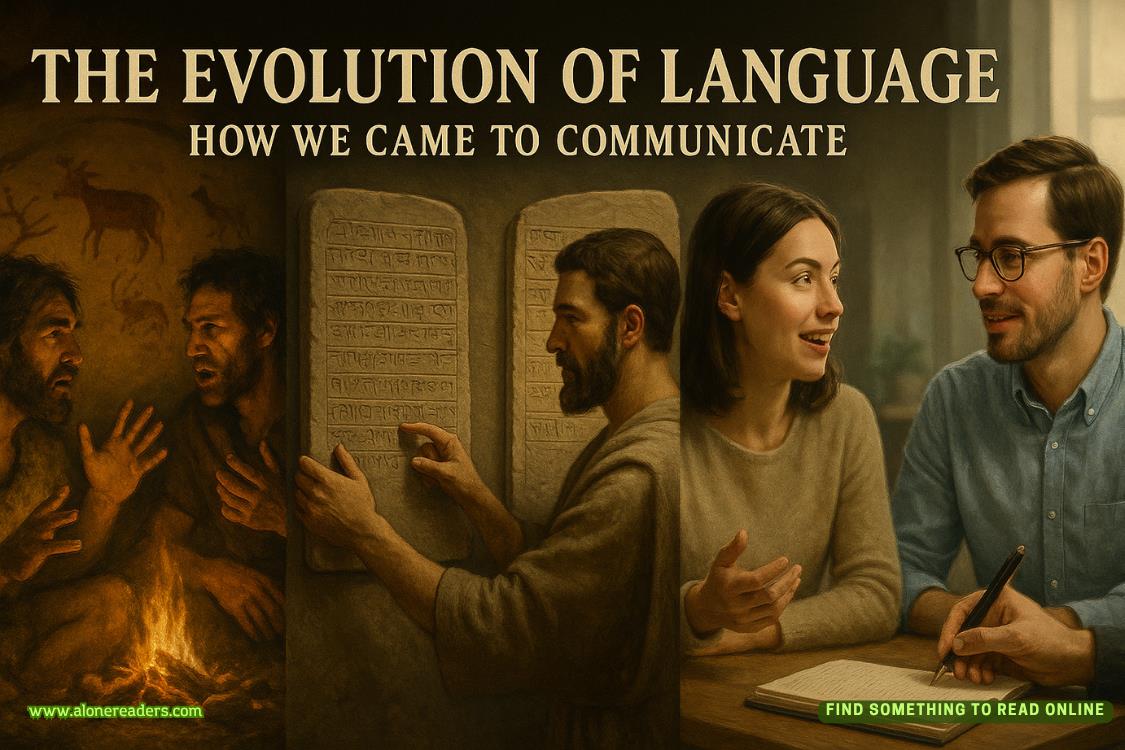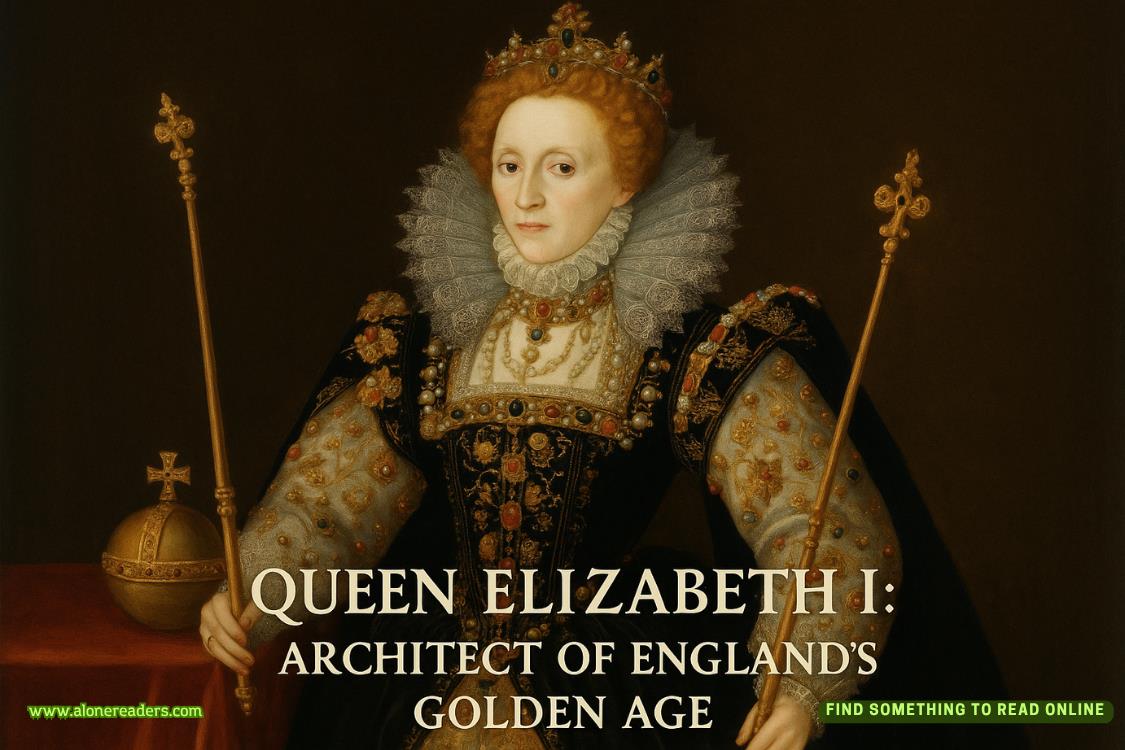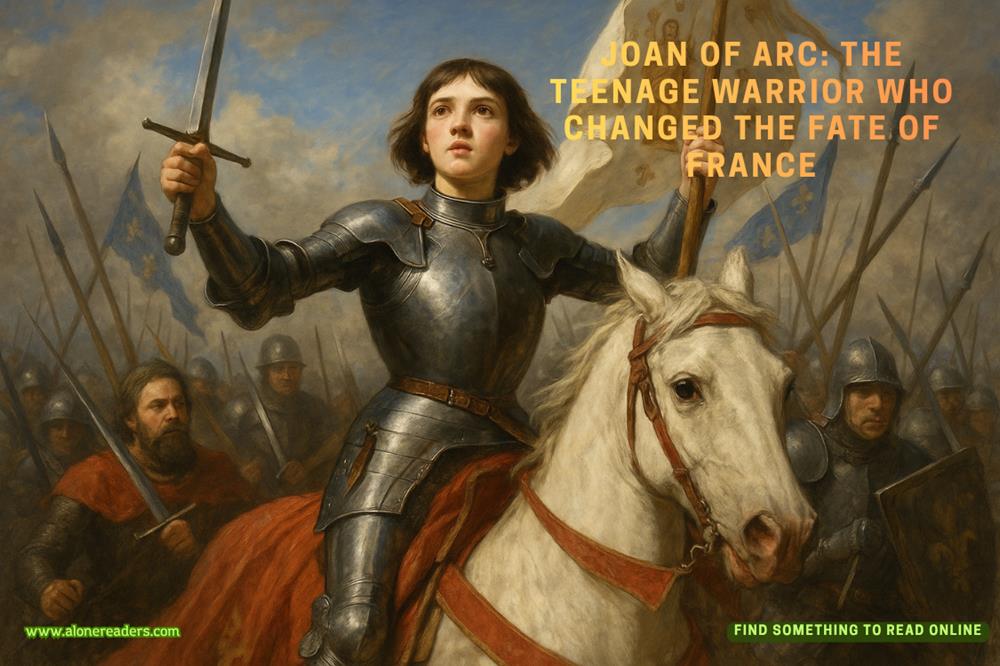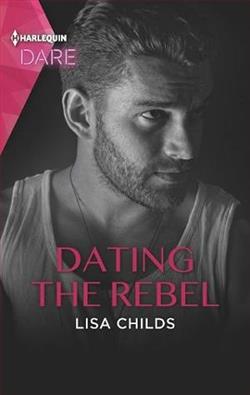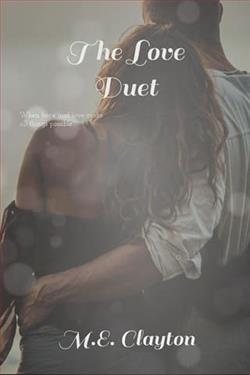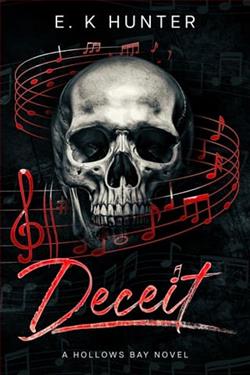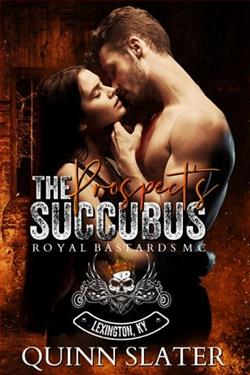Page 26 of Water's Edge
He puts up his hands like he’s holding a basketball and twists quickly. “It was intentional. He knew what he was doing.”
“Did she die from that?” I ask.
He keeps his eyes on mine. “Not necessarily. It could have been done after death.”
I lean closer and study her head and neck. The neck doesn’t look straight. I see the same bruising and busted lips as at the recovery site, but under the bright light they appear darker, deeper, as if they hadn’t yet started healing.
“How old would you say the bruises are?” I ask.
Andrade looks at them and touches several. “They’re all different ages. Some, like these,” he says, and puts his finger on the bruising on a rib, “are maybe a week old. Maybe less. But some are only a couple of days old.”
I look at Ronnie and her eyes are scrunched up.
“You don’t have a name yet?” Andrade asks. “Any idea when the last time someone saw her alive was?”
I shake my head. I don’t want to jinx myself by saying something negative.
“My best guess without opening her up is that she’s been dead at least forty-eight hours. Cause and manner of death are undetermined for now. A broken neck would do it.”
I know that time and manner of death is guesswork unless someone sees you die. In most cases it’s an educated guess. I have to find out who she is, who saw her last. Besides Robbie Boyd.
Dr. Andrade’s assistant uses a piece of dampened gauze and removes the blush from the cheek. I walk around to the other side of the table. Ronnie stays glued to my side. Jane has been kicked in the ribs several times. The marks that encircled her neck, wrists, and ankles are more pronounced under the lights. The skin had almost been rubbed off the side of the neck where the bruise is. I take one last look at the body, starting with the feet. No portion of her body is without injury.
“Did you take a rape kit?” I ask the assistant.
“It was collected and sent to the crime lab yesterday,” she says.
I don’t ask her if there are signs of sexual assault. Dr. Andrade would check for that in great detail. Rape is a given in my mind.
Ronnie grasps my arm and apparently has quite a grip when she wants.Iwill be bruised.
Dr. Andrade puts on clear goggles. He steps on a pedal under the table. I look up and see a microphone suspended from the light.
He begins by giving the date and time of the autopsy, lists the names and titles of each person in the room, and then indicates that he is performing an examination of an unidentified deceased female. He gives her height, weight, hair, and eye color, then says there are no deformities or tattoos or scars. He states the body has been X-rayed.
“There are several contusions on the head and face,” he says, then goes on to describe down to the centimeter the cuts on the lips, the scrapes near the cheeks, a cut on the head, the broken nose, and the broken bones in the hands, all in colorful detail. He stops the recording and separates the hair to examine the scalp. He steps on the pedal and records more findings. The assistant is instructed to shave some of the hair from the right side of the scalp where a deep, sharp-edged bruise can be seen. It resembles the wounds on the ribs. Dr. Andrade postulates the injuries to the scalp and ribs were caused by the same instrument.
The X-ray also shows the maxilla, or upper jaw, on the right side has been fractured and corresponds to the split lips.
He glances at us and says this injury could have been done with a fist, but the person would have had to have been very strong. There are three broken ribs on the right side of the upper chest, two on the lower side of the left side.
“Okay,” Dr. Andrade says, “let’s turn her.”
He and his assistant turn the body over on the table, her forehead is placed on the wooden block, and her arms are laid loosely at her sides. Dr. Andrade continues looking for cuts, tears, bruises, punctures, or other abnormalities. The bruises here are numerous. I count three places along her spine that show fist-sized bruising. The bony prominence at the base of the neck looks enlarged.
“See this,” he says.
“You mean the shape of the bruise?” I ask.
“What does that look like to you?”
Before I can answer, Dr. Andrade’s assistant hands him a ruler and he calls out the measurement of the angles. He answers his own question: “A buckle, perhaps. Yes. Definitely a buckle.” He measures the width of the bruise encircling the neck, partially blocking out the buckle. “Two point six centimeters wide. Approximately one inch.”
He measures several areas on the back and sides of the neck.
“What’s one inch wide and has a buckle?” he asks Ronnie. For some reason it sounds like the opening line of a joke, and an inappropriate one at that.
“A collar or belt,” she says.


